2019/01/10(木)
Pitch 1-5 :Drug absorption enhancers boost the development of "Beyond -Ro5" medicines
|
CKO, BeCellBar LLC. |
[Summary]
The cell acts as a barrier and gateway for transfer of compounds in and out of it. One such component is the tight junction, which is an assemblage of proteins. It performs the vital function of limiting the passage of ions and molecules through the intercellular spaces.
Focusing on these relevant characteristics of tight junctions, Nagoya University in association with BeCellBar developed a novel drug absorption enhancer, which aims at boosting the development of the "beyond-Ro5" medicines.
Usually, a drug enters the cell via transcellular or paracellular pathway. In the paracellular pathway, large molecules can transverse through these gaps as they are present between the cells. However, these pathways are blocked by the tight-junctions.
Once this tight junction is loosened, it will lead to the entry of drugs through intestinal barrier or skin barrier. The innovative and non-invasive technology aims at devising a novel approach for delivering these lifesaving drugs through the tight junctions, into the skin or cell. Thus, the traditional interventions can be replaced with transdermal patches, tablets or nasal sprays, which can be made possible by using an effective, diversified and safe absorption enhancer.
These tight junctions remain at equilibrium during the bio-generation and degradation of cells. Hence, two types of compounds have been developed by BeCellBar, i.e., tight-junction opener and tight-junction closer. This has led to an evolutionary technology of triple layer transdermal patches when used in combination. First, the tight junction opener attaches to the tight junction protein that leads to the entry of the drugs, followed by its closure using the tight junction closer compound.
This model aims at producing consistent and reproducible findings with support from Japan as well as across the globe.
[Mentors' comments]
" how can you prevent the bacterial infection?"Dr. Dan Wang, Johnson & Johnson Innovation
" Is this technology brand new to avoid any problems occurred in prior examples?"Dr. Toshio Fujimoto, Takeda Pharmaceutical Company
[Profile]
Dr. Hiroaki received Ph.D at Osaka University. He has worked for Nippon Roche Research Center, F Hoffmann La Roche Research Center, Biomolecular Engineering Research Institute, Yokohama City University, Kobe University, before becoming Nagoya University. Professor of Grad. Sch. Pharmaceutical Sciences at Nagoya University.





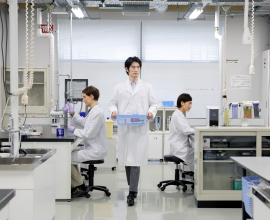
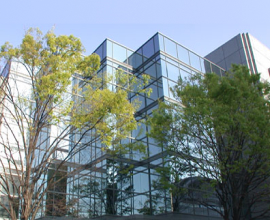
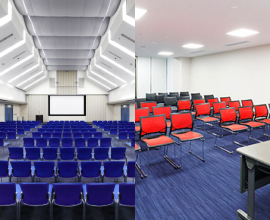
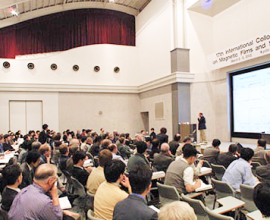
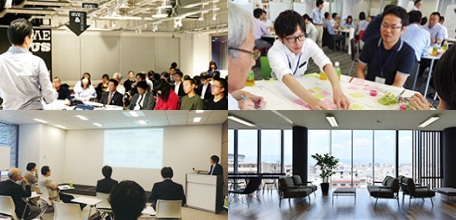
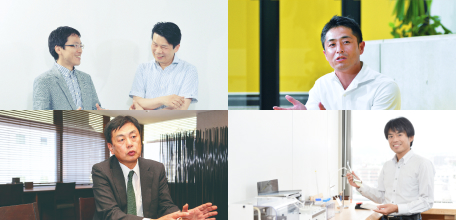

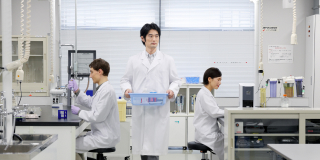


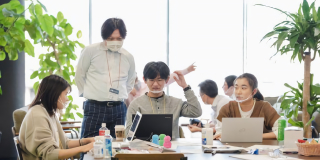
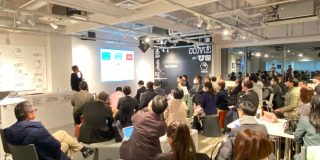

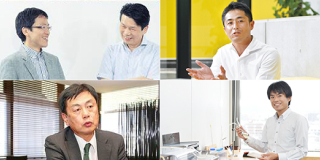



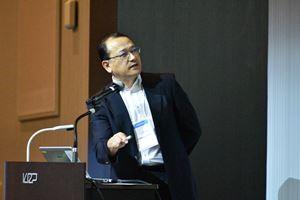 Hidekazu Hiroaki
Hidekazu Hiroaki




